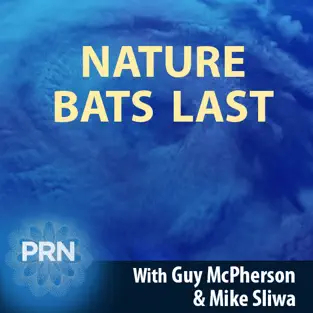It is hard to think of a more Orwellian expression than that describing the increase in toxic atmospheric methane gas as “gas-led recovery.”
Several of the large mass extinctions of species in the geological past are attributed to an increase in atmospheric methane (CH₄), raising the temperature of the atmosphere and depriving the oceans from oxygen. Nowadays a serious danger to the atmosphere and for the life support systems ensues from the accelerated release of methane from melting Arctic permafrost, leaks from ocean sediments and from bogs, triggered by global warming. As if this was not dangerous enough, now methane is extracted as coal-seam-gas (CSG) by fracking (hydraulic fracturing) of coal and oil shale in the US, Canada, Australia and elsewhere.
Methane-bearing formations, located about 300m-1000m underground, are fracked using a mixture of water, sand, chemicals and explosives injected into the rock at high pressure, triggering significant amounts of methane leaks into the overlying formations and escaping into the atmosphere (Figure 1).
 |
| Figure 1. Schematic illustration of coal-seam-gas fracking (R. Morrison, by permission). |
CSG is made primarily of about 95-97% methane, which possesses a radiative greenhouse potential close to X80 times that of carbon dioxide (CO₂). The radiative greenhouse effect of 1 kg methane is equivalent to releasing 84 kg of CO₂ and decreases to 20 and 34 times stronger than CO₂ over a 100-year period.
Global methane deposits (Figure 2) and Australian methane-bearing basins (Figure 3) are proliferating. Fugitive emissions from CSG are already enhancing the concentration of atmospheric methane above drill sites and range from 1 to 9 percent during the total life cycle emissions. The venting of methane from underground coal mines in the Hunter region of New South Wales has led to an atmospheric level in the region of 3,000 parts per billion, with methane levels of 2,000 ppb (parts per billion) extending to some 50 km away from the mines. Peak readings in excess of 3000 ppb represent an amalgamation of plumes from 17 sources. The median concentration within this section was 1820 ppb, with a peak reading of 2110 ppb. Compare this with mean methane values at Mouna Loa, Hawaii, of 1884 ppb.
 |
| Figure 2. Global gas hydrate potential regions. |
 |
| Figure 3. Australian basins, oil and gas resources. |
 |
| Figure 4. Growth of atmospheric methane, Mouna Loa, Hawaii, between 1980-2020 and 2017-2020. NOAA. |
High levels of methane reduce the amount of oxygen breathed from the air, with health consequences. The toxicity of methane is corroborated in a 2018 study in Pennsylvania showing children born within a mile or two of a gas well were likely to be smaller and less healthy. New York State, Maryland, and Vermont have banned fracking, as have France and Germany.
According to Hansen (2018) reserves of unconventional gas exceed 10,000 GtC (billion tons carbon). Given the scale of methane hydrate deposits around the world (Figure 5), sufficient deposits exist to perpetrate a global mass extinction of species on a geological scale.¹
 |
| Figure 5. Estimates of methane held in hydrates worldwide. Estimates of the Methane Held in Hydrates Worldwide. Early estimates for marine hydrates (encompassed by the green region), made before hydrate had been recovered in the marine environment, are high because they assume gas hydrates exist in essentially all the world’s oceanic sediments. Subsequent estimates are lower, but remain widely scattered (encompassed by the blue region) because of continued uncertainty in the non-uniform, heterogeneous distribution of organic carbon from which the methane in hydrate is generated, as well as uncertainties in the efficiency with which that methane is produced and then captured in gas hydrate. Nonetheless, marine hydrates are expected to contain one to two orders of magnitude more methane than exists in natural gas reserves worldwide (brown square) (U.S. Energy Information Administration 2010). Continental hydrate mass estimates (encompassed by the pink region) tend to be about 1 per cent of the marine estimates. |
¹ For 2.12 billion ton of carbon (GtC) raising atmospheric CO₂ by 1ppm, and assuming about 50% of CO₂ remaining in the atmosphere, future drilling and fracking could in principle raise atmospheric CO₂ level to about or more than 2000 ppm.
Author
Dr Andrew Glikson, a Earth and paleoclimate scientist, is a Visiting Fellow at the School of Archaeology and Anthropology, Australian National University, where he is reviewing the effects of climate on prehistoric human evolution. He is also an Honorary Professor at the Center for Excellence in Geothermal Research, The University of Queensland, and is affiliated with the Climate Change Institute and the Planetary Science Institute, Australian National University. He graduated at the University of Western Australia in 1968, conducted geological surveys in central and western Australia and became a Principal Research Scientist with the Australian Geological Survey Organization (now Geoscience Australia).
![]() Don't forget to feed the birds. Every bread crumb helps! Donate here
Don't forget to feed the birds. Every bread crumb helps! Donate here



